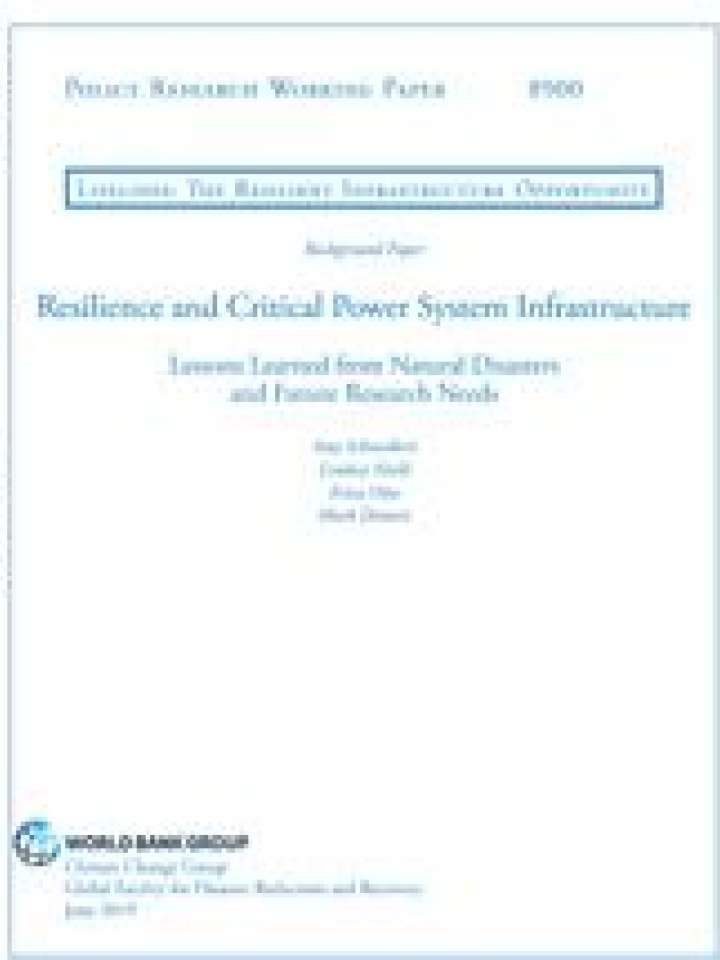Resilience and critical power system infrastructure: Lessons learned from natural disasters and future research needs
Resilience against infrastructure failure is essential for ensuring the health and safety of communities during and following natural hazard situations. Understanding how natural hazards impact society in terms of economic cost, recovery time, and damages to critical infrastructure is essential for developing robust approaches to increasing resilience. Identifying specific vulnerabilities allows for better communication, planning, and situation-specific interventions. This is particularly relevant in areas recovering from a natural hazard that have the opportunity to build back their infrastructure, and for those currently planning infrastructure expansions.
This study considers recent hurricanes, earthquakes, droughts, heat waves, extreme wind and rainfall events, ice and thunder storms as well as wildfires. For many of these, data are available for the same type of hazard in different geographies which provides information not only on specific vulnerabilities, but whether the impacts are location dependent. Where available, specific design considerations, cost information for repairs, and the recommendations for ‘building back better’ are presented.
Above-ground transmission systems were the most commonly affected power system component, with fuel and maintenance supply chains representing a major vulnerability for isolated regions and islands. Generation systems were most commonly affected when a hazard exceeded design limits, particularly in relation to water temperature or wind speeds. Institutional capabilities are important throughout the sector. In all case studies analyzed, the design standards of the infrastructure asset, and the ongoing maintenance of assets and the organized response (or lack of) has major implications for the performance of the electricity grid.
Explore further
